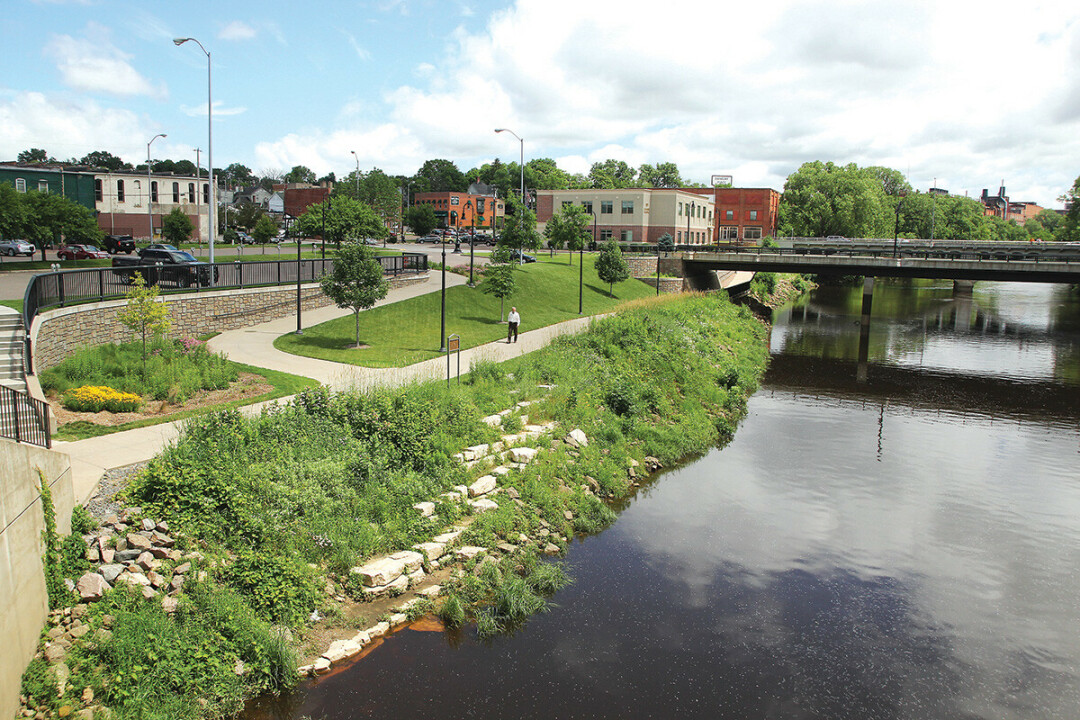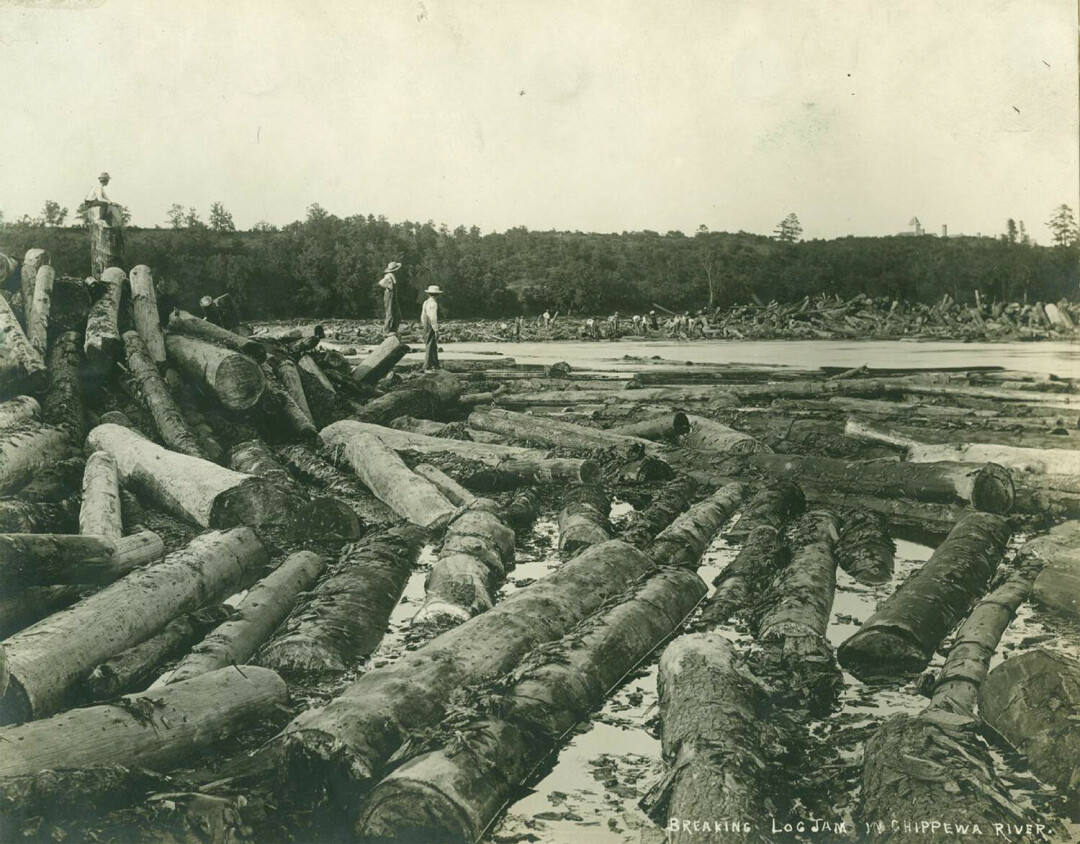IF EAU CLAIRE IS GOING TO BE YOUR HOME FOR A WHILE, it’s probably a good idea to know a thing or two about it. Here are some useful facts about the city that may come in handy or spark a conversation or two.

SOMETHING IN THE WATER
For those of you who didn’t take French in high school, “Eau Claire” actually means “Clear Water.” According to local legend, English explorer Jonathan Carver was being paddled up the muddy Chippewa River in 1767 by some French voyageurs when they found a smaller tributary with clear water and shouted “Voici l’eau claire!” (“Here is the clear water!”). There’s no way of proving the name actually came about this way, but it stuck for both the Eau Claire River and the city that grew up along it.

LOGGING ON (AND OFF)
One of the big things that drew white settlers to this part of Wisconsin was the vast expanses of timber. Eau Claire’s location at the confluence of two rivers made it an ideal spot for sawmills. In the 1880s, there were eight sawmills on Half Moon Lake alone. After a few decades of clear cutting, however, the trees were gone, and the sawmills vanished. You can still find Paul Bunyan and Babe the Blue Ox in Carson Park (at least in fiberglass form).

ORIGINAL INHABITANTS
Of course, the Chippewa Valley had been inhabited for thousands of years before Carver & Co. came poking around. Before European settlement, what is now Eau Claire lay on the boundary between the territories of the Ojibwa and Dakota peoples. An enormous tree on what is now the UW-Eau Claire campus, known as the Council Oak, was said to be a meeting place for these and other tribes. The tree, which was hobbled in 1987, is memorialized in the university seal.
LOTS OF CANDLES
Eau Claire was originally three little villages on the north, west, and east sides of the two rivers. In 1872, they Voltroned together to officially become the City of Eau Claire. If you’re counting, that makes 2022 Eau Claire’s 150th birthday – a.k.a. its sesquicentennial.

FACT CHECK: Leonardo DiCaprio’s character in Titanic, Jack Dawson, says he’s from Chippewa Falls, and remembers swimming in Lake Wissota – which actually didn’t exist in at the time the Titanic sailed.

